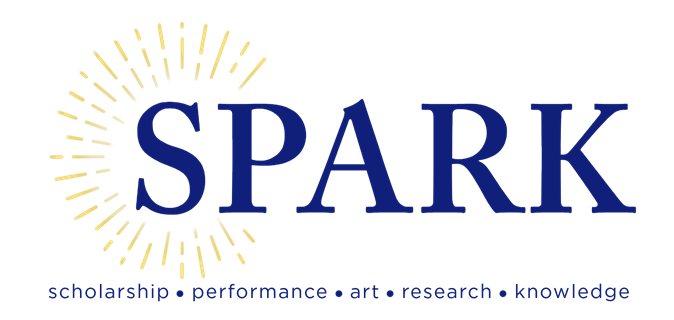
[Archive] Belmont University Research Symposium (BURS)
Publication Date
2022
College
Sciences and Mathematics, College of
Department
Biology, Department of
BURS Faculty Advisor
Nicole Glenn, PhD
Presentation Type
Poster Presentation
Abstract
Understanding gene function in human development is important and is difficult to model, so using model organisms to determine the role of certain genes is helpful in embryonic development. One such animal is the zebrafish. Their embryonic development is shorter than human development and they can produce up to 300 eggs at a time (Burke, 2016). Zebrafish have many genes that help tissues develop into the same structures as compared to their human counterpart, so knockout or knockdown of certain genes can be used to mirror that impact in humans (Burke, 2016). Their embryos are also clear which gives the additional benefit of visualizing the effects of the knockout. During development, cells reorganize into three distinct layers: endoderm, mesoderm, and ectoderm. The specific region of interest in this study is the mesoderm-derived myotome, which will form muscle, and the myotendinous junction, which connects the axial skeleton to muscle during development. Genes such as twist1b and twist2 are present in another sub compartment of mesoderm known as the sclerotome and are known to play a role in the formation of bones and tendons of the axial skeleton. Due to the proximity between the sclerotome and the myotome, the region of the somite that forms muscles, it was hypothesized that knockout of twist1b or twist2, would affect muscle formation in zebrafish. In this study, twist1b and twist2 were knocked out through morpholino injections into the embryos, which were then fixed at 26 hours post fertilization (hpf). In-situ hybridization was then used to identify the impact of the knockout on two muscle markers, myf5 and myoD, and a myotendinous junction (MTJ) marker, xirp2a, which were slightly disrupted. This study will add knowledge to how the myotome is affected by manipulation of the neighboring sclerotome tissue.
Recommended Citation
Burke, E. (2016, October 14). Why use zebrafish to study human diseases? National Institutes of Health. Retrieved March 27, 2022, from https://irp.nih.gov/blog/post/2016/08/why-use-zebrafish-to-study-human-diseases


